If you’re tired of your current rifle setup, here are some stock upgrades you can do at home.
Many times on these pages, I’ve explained what I like to call my “box dilemma,” a theory that the innovation we have in the industry is based on established physical dimensions … such as bolt face diameter, magazine well size, screw spacing and so on. The issue with this concept in practice is that innovation begins and ends in a predetermined set of dimensions and any new technology largely remains proprietary. Many good designs end up in the dustbin because they are unable to make the jump into mainstream.
However, a result of this widespread set of common parts for a given design led to modularity and a complex system of interchangeable components. Take bolt-action rifle stocks, the subject of this article, for instance.
Taking Stock of the Situation
Rifle stocks have done a great deal of changing in the past 20 years. When I was young, buying and working on cheap Mosin and Mauser rifles—trying (and failing) to squeeze more accuracy out of them—the old way of things was still in full swing. There was a significant amount of know-how, lore and magic that went into building accurate rifles. The list of things I used to do with rifles was long, and that included headspacing chambers, glass bedding, free floating and more.
Nowadays, I just slap it all together in about 5 minutes with a set of Fix It Sticks and an action wrench … and have a rifle shooting one-hole groups. Yes, this is not only possible, but I also do this sort of thing very often and it’s quite easy with the right tools. There is sadly no magic to it, just consistent machining across manufacturers. Building bolt guns with pre-fit parts is actually easier and faster than building an AR-15.
A large amount of the accuracy question arises from the interface of the parts on a bolt gun, namely how the action and the stock interact. The basic mode of operation is two screws that secure the action in place, the action being tightened down against the rear surface of the recoil lug. When the rifle fires, the rearward action under recoil is soaked up by the recoil lug so the screws don’t experience pressure or movement.
In the old days, we’d see many types of methods to shore this area up, usually in the form of glass and pillar bedding. Now, this is still a good way but is pretty much antiquated in practice. For those who aren’t familiar, pillar bedding is the process of installing metal tubes into the stock that go between the bottom metal and action, essentially creating a fixed depth that makes the contact points all metal-on-metal. Glass bedding is where the action is basically glued into the stock, the bedding compound being used to create an exact imprint of a given action in that exact stock. The glass bedding process fills any gaps in the action area and provides greater contact with the action. Many old-school smiths would also bed under the recoil lug recess and the first few inches of barrel. The old ways are still used in some places and still can carry value if you’re working with older guns or wood stocks.
That point may get some hackles raised, but the old bedding methods are truly just not a necessary thing with today’s most modern stocks at their current point of development. Now, does this mean the stocks that don’t use machined interfaces are inferior? No, that isn’t the case. It just means you’re going to have to invest more time and know-how, which is fine. There is no purpose in glass bedding a modern stock, and pillar bedding is for the most part an irrelevant thing, considering many modern stocks are all metal as it is.
These practices, as well as installing barrels, is what kept accurate bolt guns out of reach for decades, as the cost of these services was often more than people wanted to pay. The golden days of sporterized, specialty bedded military rifles are long gone … but not forgotten. The DNA of these practices is still present, and we’re blessed to have had them; but, like I said, the magic isn’t necessary anymore when off-the-shelf pre-fit parts can be assembled and outperform virtually anything from years past.
Fitting barrels and optics is something I’ve talked about often enough. The stock situation, however, is ever-changing and we’re seeing new developments every year. The main developments taking place in rifle stocks go back about 20 years. The first real successful “modern” rifle stocks that bears the hallmarks we now consider modern or modular was the aftermarket Accuracy International AICS, the first truly popular stock that was designed around an aluminum skeleton.
The AICS pattern magazines are now the de facto standard for all bolt guns in both long and short action. The early thoughts around this stock set the stage for what we have today: it was an upgrade for the Remington 700 footprint, took detachable magazines and required no bedding or special work. Simply take your action, drop it into the stock, tighten down the action screws and you’re in business.
With the stage set, more stocks began appearing with similar features. The 2010s saw the great explosion of interest as long-range sports began to take off and demand for this type of product increased. At the same time, other now-standard things started to widely appear, notably the presence of M-Lok and ARCA rails, two things that have done a great deal to modernize bolt guns in terms of what kind of accessories they can mount.
The mass appeal of the AR-15 also did a great deal for bolt guns, as common accessories could be used with no additional adaptation. There were, of course, some teething issues as the modernization process is known to have, but today you can have stocks that are highly adjustable, with integrated ARCA and M-Lok and able to fold and take night vision hoods as standard options.
What Defines a Rifle Chassis?
A common term we see surrounding stocks is the term “chassis” or “chassis system.” I’ve been asked a lot of just what makes a stock and chassis different and, well, it largely depends on the manufacturer’s marketing department.
The general definition of a chassis is a support structure, but when it comes to guns this gets a bit iffy. It could be said that every chassis is a stock, but not every stock is a chassis. One company may say “internal aluminum chassis,” while another with an identical product might say “100 percent aluminum bedding.” It just depends on what they want to convey to the consumer.
For the general public, a stock seems to be simpler, perhaps with just a couple bipod studs and an adjustable cheek rest. But add an aluminum skeleton, some Pic rails and an ARCA rail, and where does that put us? The general idea of a chassis today falls into a know-it-when-you-see-it place, perhaps it’s just cosmetic in truth.
For this article, we look at some rifle stocks and chassis that are either unique or cutting edge in design.
Magpul 700 Pro
This product has reliably served on both long-range target, rifle builds and for hunting purposes. Magpul lists the product as a “folding stock” on their website and as a chassis in the product description. So, in general, both terms are correct in use.
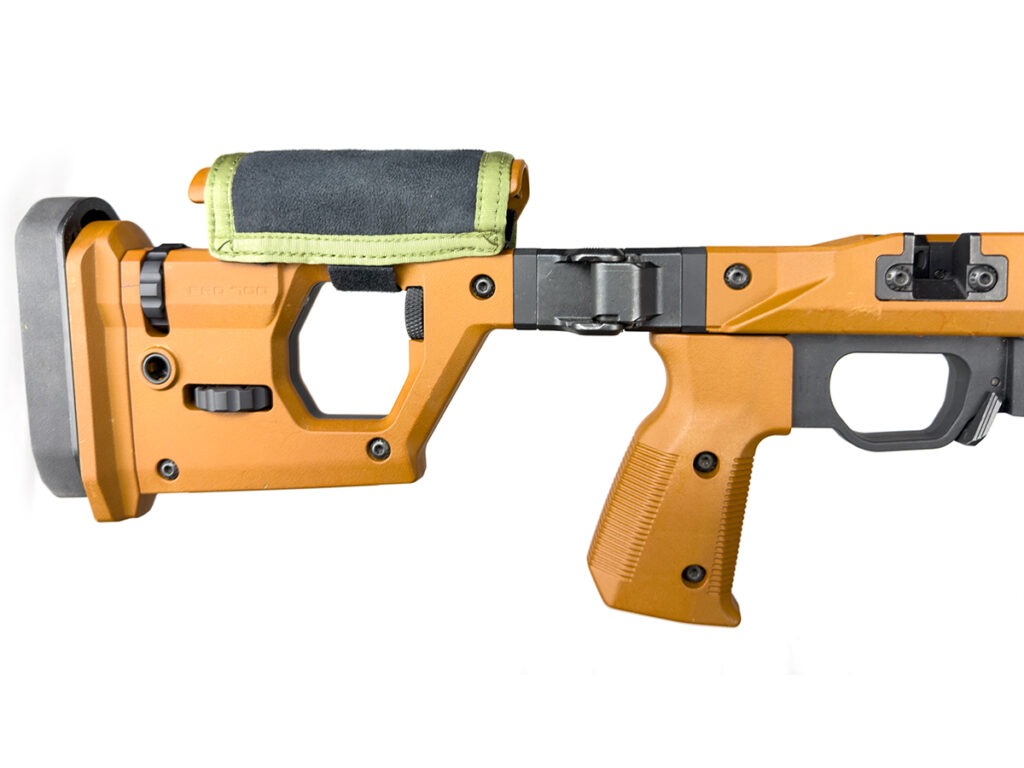
The stock is based on an aluminum internal skeleton and has lots of subtle M-Lok slots, the ability to accept a night vision bridge and is very adjustable. Some people I’ve shot with over the years consider this to be a sub-optimal choice compared to many other modern offerings, but I have come to like it in general.
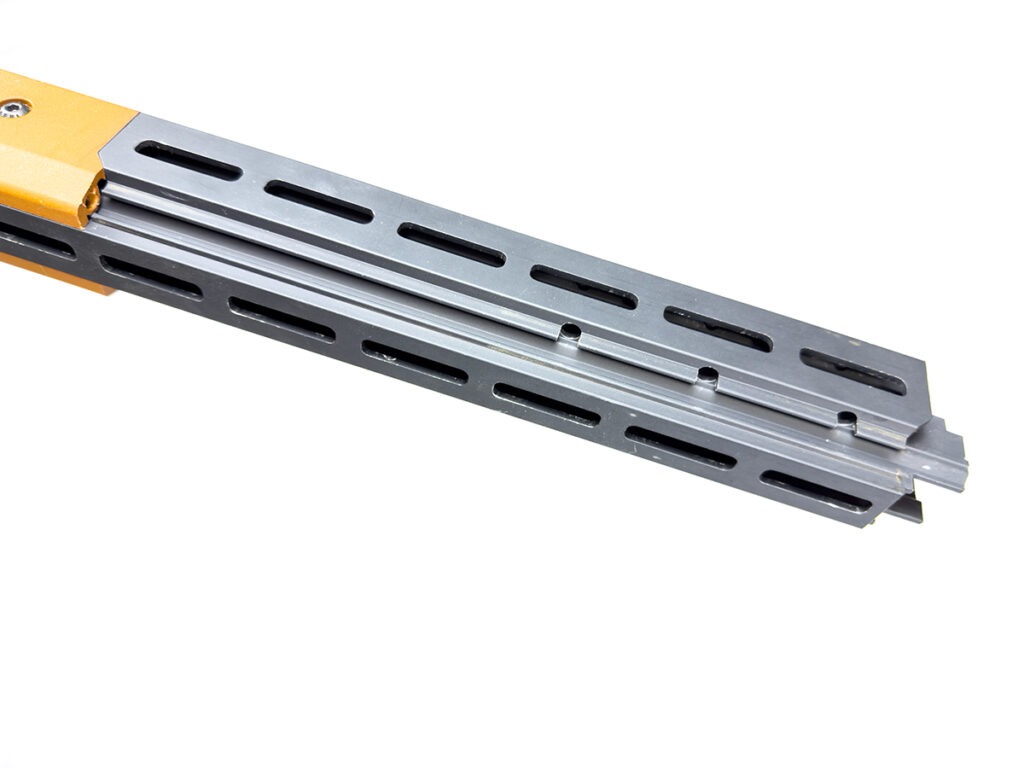

Critics say that it sits too high in profile as opposed to the lower, flat-bottom competition stocks seen today. However, this stock isn’t necessarily designed for competition shooting. Rather, I see it as a very good overall option due to its sturdy design and high comfort level. This stock isn’t as adjustable as some, but from a comfort and ergonomics standpoint it’s on the top of my list. The polymer skins are quite nice on cold days and are the reason I’ve used it for so long.
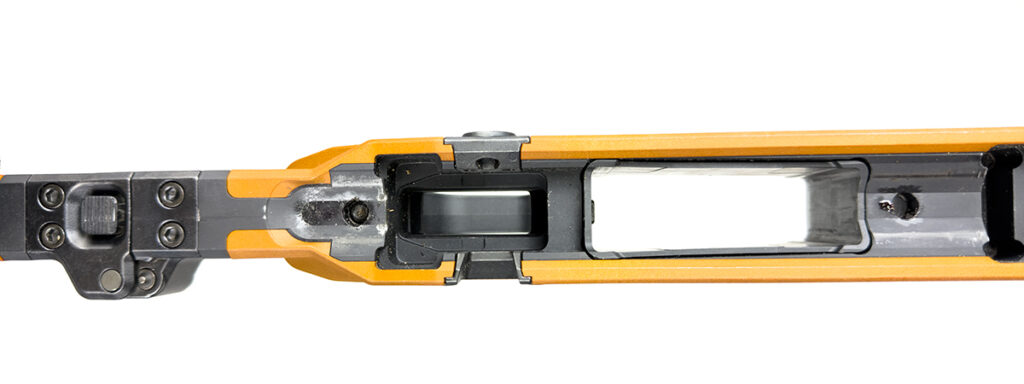

From a general standpoint, this stock is somewhat dated in terms of features and is somewhat clumsy to accessorize. The company makes a full-length ARCA rail that takes up the whole bottom row of M-Lok slots. On a tripod it does feel like it sits higher than other chassis. The night vision bridge requires a full disassembly of the forend to install, but it’s very solid when together. I really like this stock and will keep using it.
KRG Whiskey-3 Pro Chassis
This is a newer offering from KRG, a company known for their unique stocks. The Pro model is almost all machined and very lightweight. It uses the trademark thumb hole profile KRG is iconic for and has a folding mechanism that locks very solid in both positions. The stock itself is highly adjustable and can be configured just as you want it for your body size. All the active features adjust with no tools. The stock is also available with a modular night vision hood assembly that converts most of the forend. An ARCA rail runs the whole length of the forend and has multiple options for M-Lok and KRG accessories.
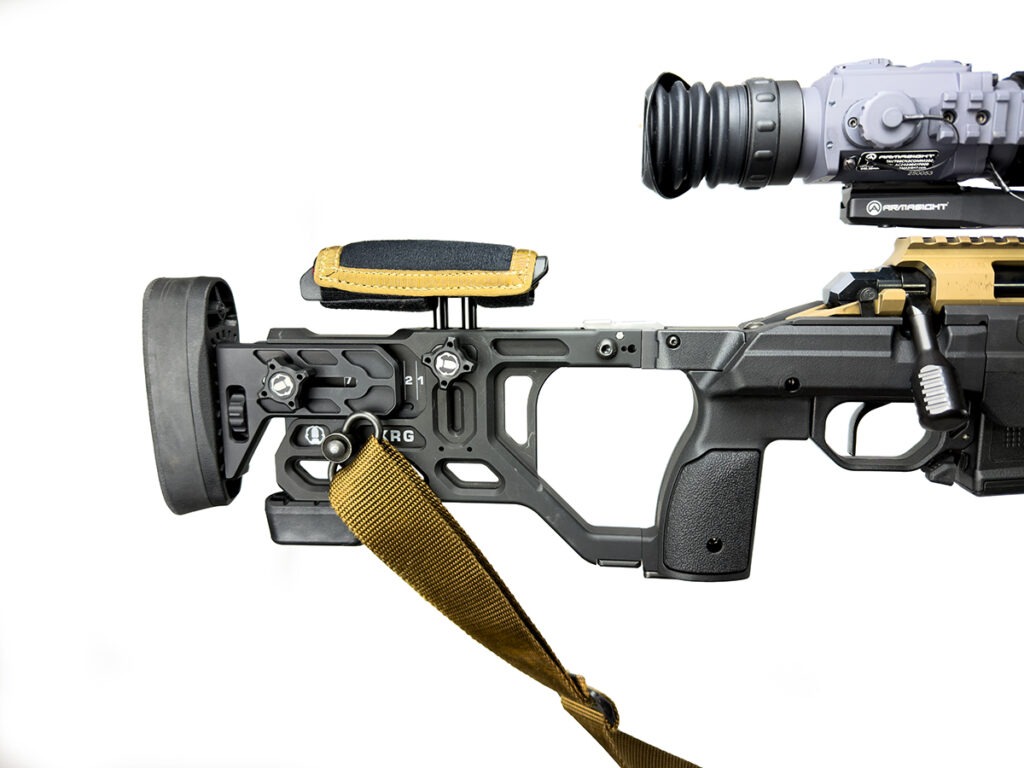

This stock, and many of the other KRG models I’ve used over the years, is on the upper end of the quality spectrum, and it has a great deal to offer the field user. I say that last part because many stocks out there go minimalist for field use, and this is OK, but I like having all the adjustment on a rifle that will be used in open fields, off tripods, in blinds, and in and out of vehicles.
For optics like thermals and night vision, this stock saves weight while not sacrificing utility as many of these optics have rearward offset and extra height. The impressive thing about the Pro is that it has all the features of a competition stock for a fraction of the weight.
MDT ACC Elite & LSS
If you’re a competitive long-range shooter, you know MDT. The company is an industry leader in modern stocks and has probably the widest range of modular products on the market today. The ACC Elite, which we will get to in a moment, is more a dedicated use item, but the extremely modular LSS system is entirely up to you.
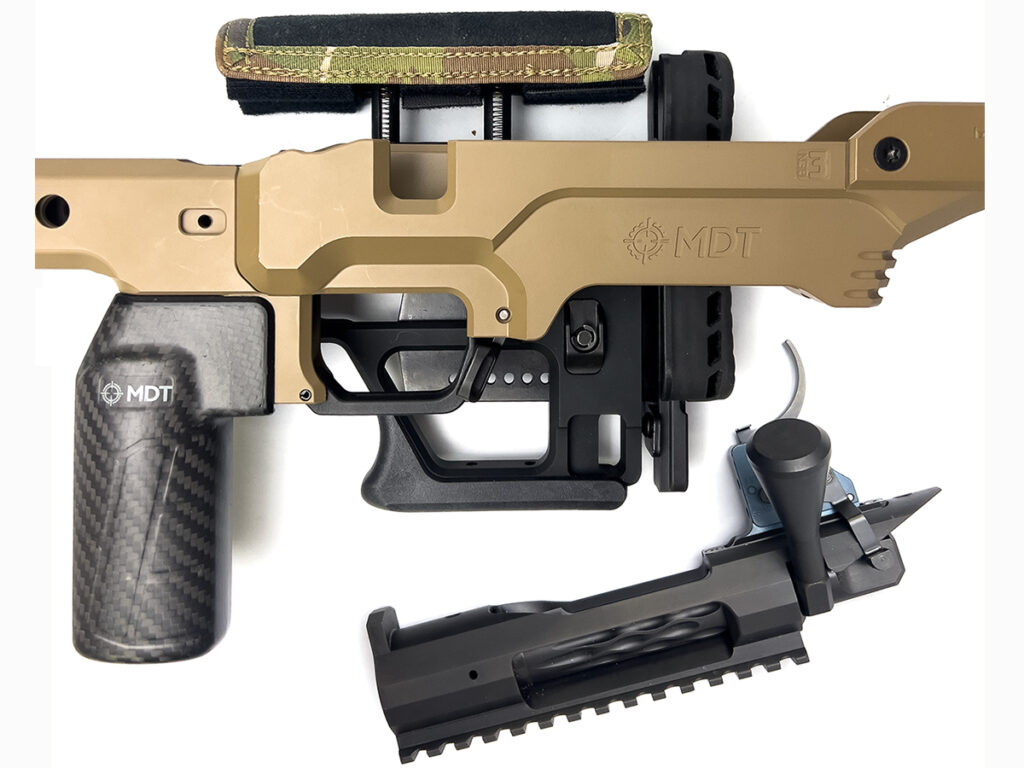

The LSS system consists of a number of parts that can be configured as you see fit. The company website has a stock builder that lets you pick each part down to the color. This is a very interesting and unique product that lets you control just what you want to end up with for your dedicated task.
The ACC Elite is a dedicated competition chassis that I’ve been using heavily this year and it really, really shines. The stock is heavy (that is for certain), and when fully kitted up with optics, it can certainly be quite the boat anchor, but that’s the name of the game. Low recoil rounds like 6GT hardly move under recoil in this stock, and the ergonomics and overall layout make it extra controllable.
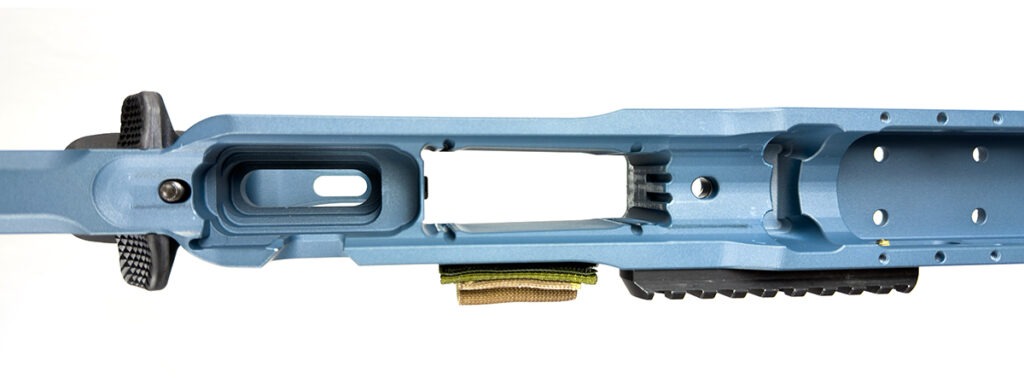

This stock has every modern feature and then some; you can hang just about any accessory you want on this bad boy. The installation is easy, the night vision bridge accessories are top-mounting and stackable, making it so you can not only add rail space but make your desired build look super cool, too. For long-range competition use, this may be the premier chassis on the market today. The adjustments are meant to be a bit more permanent, and in general you’ll use tools to move them, but there are clever magnetic wrench slots under the cheek rest for that.
Manners Night Stalker & Pro Pack Folder
In terms of a modern stock as opposed to a chassis system, the Night Stalker has virtually all the features of a modern chassis, but it’s more classic in physical layout. It has an internal metal chassis, ARCA rail, night vision bridge assembly and a length-of-pull adjustable compact butt. The cheek rest is also adjustable for height. This stock is lightweight and ergonomic, making it a great choice for all-around use in the field and at the range—although it lacks some of the features of dedicated competition stocks.
The new Pro Pack Folder takes the internal chassis to the next level, offering an integrated hinge assembly that allows the entire wrist of the stock to fold to the right and nest with the bolt handle. This is a great design that cleverly blends the lines of a traditional stock with the highest evolution of the internal metal block bedding, basically adding a utilitarian feature to an otherwise structural element. Interestingly, it has a molded ARCA rail as opposed to a metal one.
Manners stocks are on the line between total modernity and classic style. Indeed, the Night Stalker build here was simply assembled from parts. The Origin action can accept pre-fit barrels. Here, Brownells offered a special 20-inch Proof Research in 6.5 Creedmoor. The barrel was threaded on in a Brownells barrel vice, and an action wrench was used to tighten it; headspace was checked with some PTG gauges. The Timney trigger installed in a minute—the same with the Manners stock.
Thanks to the QD ADM mount, the Vortex Razor HD also took under 10 seconds to get in place. Total build time on this rifle was under 10 minutes, and it shoots 1/4 MOA with factory Hornady American Whitetail hunting loads and even better with Federal 140- and 130-grain match loads. You don’t need to be a wizard to build great bolt guns these days.
Investing In Stock
This article barely scratched the surface of what’s out there today in terms of stocks and chassis systems. The market for these products is growing significantly, and if you don’t mind sticking with a Remington pattern short or long action, your options are almost endless. There are other actions that chassis and modern stocks are produced for, such as Savage, Ruger and Tikka, but they are harder to find and have fewer options.
The next few years should be great in terms of what is being offered. I am excited to see what’s to come.
Gear Notes: Night Vision Bridges
Night vision and thermal clip-ons are becoming more common these days, and bolt guns have always been behind the curve with this technology compared to the AR series rifles with their much more common railed forends. Bolt actions had no real good way to mount these optics except for extended, receiver-mounted rails in the years past. I’ve used these and they definitely work but leave something to be wanted. The latest generation of stocks commonly have the ability to mount forward rails over the barrel, and this is absolutely wonderful.
As a thermal and NVD user myself, the ability to quickly and easily adapt a day scope to night shooting is critical, and I find it to be one of the most welcome additions to modern stocks and chassis as a standard feature. Most of these bridges adapt to metal-on-metal interface, making them strong and rigid, but some have to be mounted in certain places, making your choice of day optics important.
Some of these fixed position rails make it hard to set up with a day scope and thermal because the distance can be too great to too little. You may have to adjust your day optic front or back to make it work. Some, like the MDT ACC, have a long mounting surface and you can position your clip-on as you see fit.
Editor’s Note: This article originally appeared in the December 2025 issue of Gun Digest the Magazine.
More On Rifle Stock Upgrades:
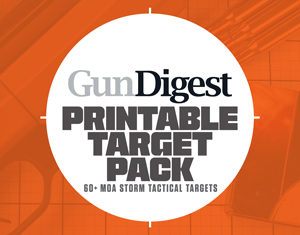

Next Step: Get your FREE Printable Target Pack
Enhance your shooting precision with our 62 MOA Targets, perfect for rifles and handguns. Crafted in collaboration with Storm Tactical for accuracy and versatility.
Subscribe to the Gun Digest email newsletter and get your downloadable target pack sent straight to your inbox. Stay updated with the latest firearms info in the industry.
Read the full article here

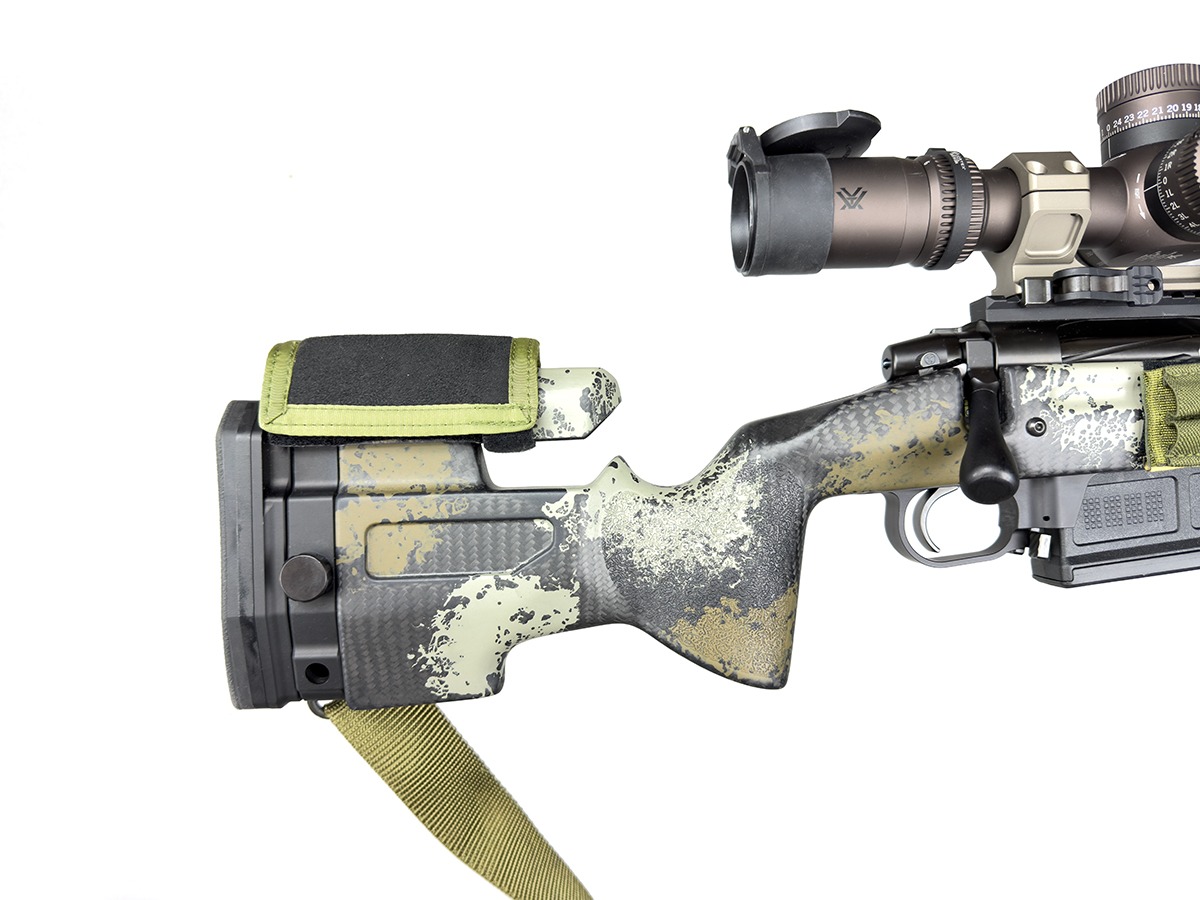

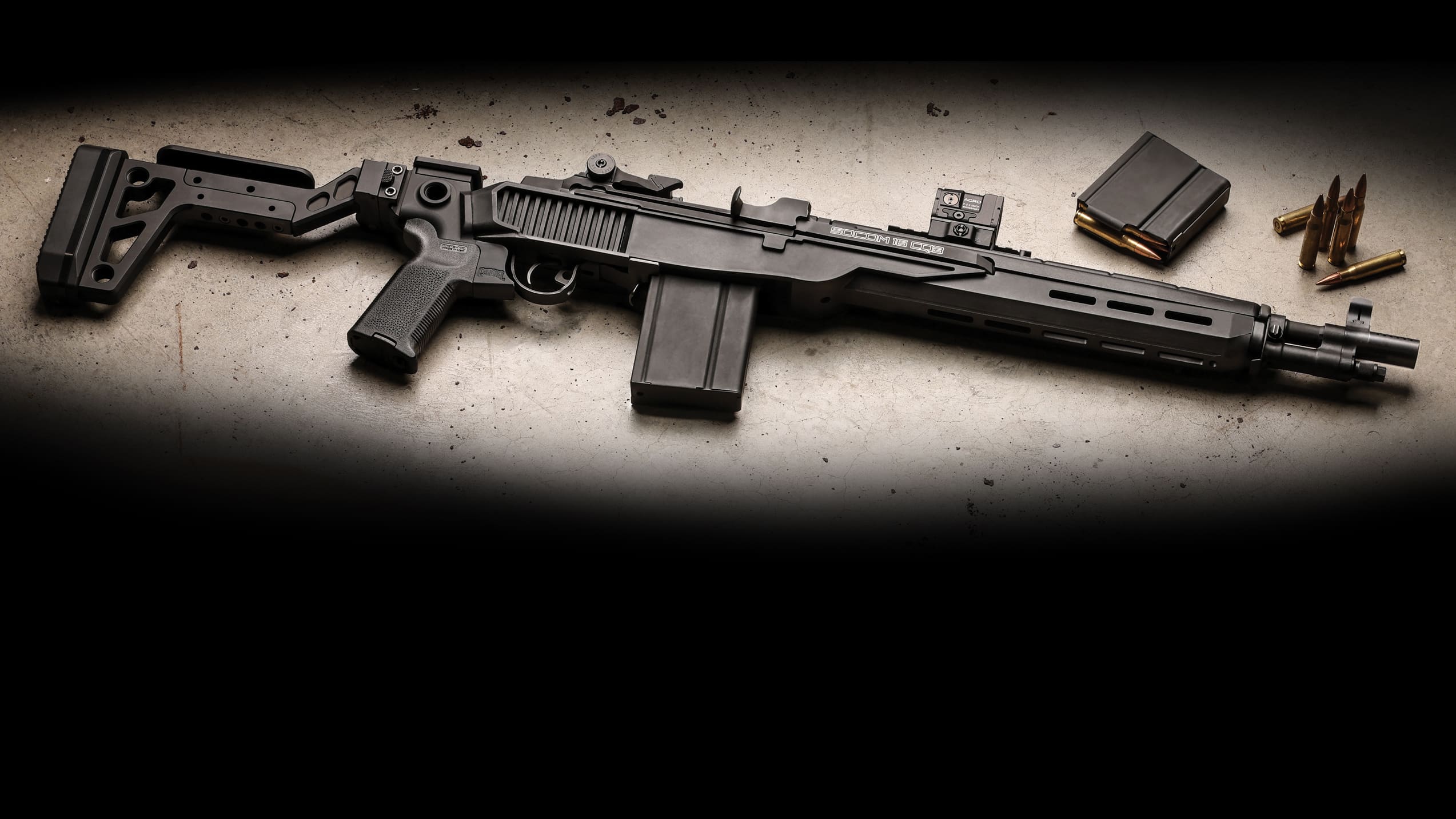



Leave a Reply